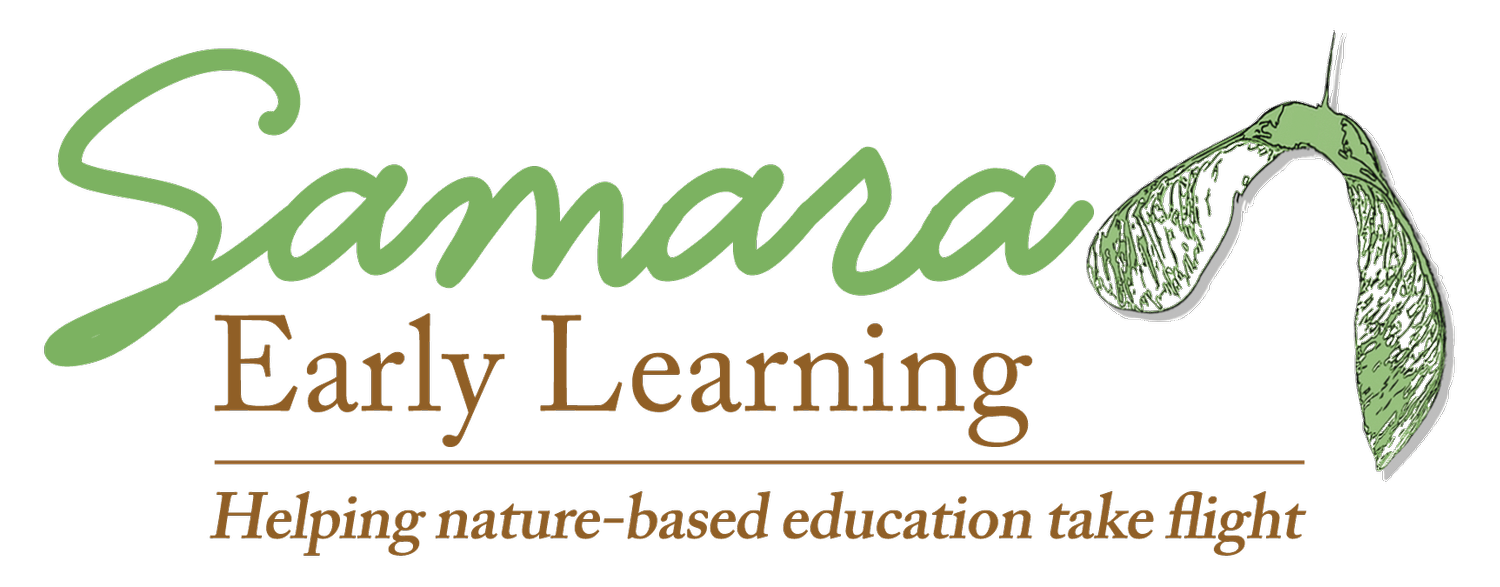Evaluating Natureness: Quality comes from the people
This post originally appeared in Dr. Rachel A. Larimore’s weekly Samara newsletter on February 6, 2024 and is part 2 of a 3-part series. If you’re interested in receiving these emails, scroll to the bottom of this page to subscribe.
Let’s continue our discussion from last week about how to use the Nature-based Early Childhood rating scale.
Remember, nature-based pedagogy is a collection of practices. All of these practices are ultimately influenced or implemented by administrators and teachers.
Among the many roles administrators play, one of the biggest roles is to create an environment where teachers are supported to implement nature-based teaching. Let’s reflect on these questions related to the role of the administrator:
To what extent do administrators support implementation of nature-based education? (Allocation of time, money, and other resources)
Do administrators allocate resources for teachers’ professional development related to nature-based pedagogy and/or natural history knowledge?
Does the short- and long-term planning include intentional focus on nature-based education?
Are administrators public advocates for the nature-based approach?
In addition to meeting regulatory requirements, does the administrator have formal training related to nature-based education?
There are many practices teachers implement throughout the class day. These relate to the curriculum, physical environment, and interactions with children. Teachers also influence the learning environment by the attitudes and interactions they bring into the classroom. The following questions can help us reflect on the teacher’s role:
To what extent do teachers facilitate nature exploration and play?
Do teachers express enthusiasm for scheduled outdoor time? In all weather?
Do teachers model for children ways to interact with the natural environment?
In what ways do teachers show their own comfort with being immersed in nature? (dressing appropriately, communicating positively about the weather)
In addition to meeting regulatory requirements, do teachers have formal training related to nature-based education?
Do teachers cultivate their own knowledge of nature and nature-based pedagogy by participating in professional development?
These questions don’t address all of the roles of administrators and teachers. They also play a role in the design and implementation of the program goals, curriculum, physical learning environment, and engagement with families.
In my next two newsletters I’ll dig more deeply into some of those other aspects. We’ll just take this one small step at a time, so that’s it for now. 😀
Keep changing lives,
Rachel
Rachel A. Larimore, Ph.D., Chief Visionary of Samara Learning

